Geared towards creative professionals who work, play, and live in Williamsburg, the Wythe Hotel is a creative hub and an incubator of sorts.
The hotel’s hiring philosophy centres around staffing the hotel with artists and creatives – people who reflect the creative culture of Brooklyn. Artist, and New York newcomer (circa 2012), Kimia Ferdowsi Kline took up a job at the front desk of the hotel and two years later transitioned into her current role as art curator, a position which traverses many terrains.
Serving as a gallery space for locals and guests alike, below, Kline takes us on a tour of the Wythe. Talking us through the works hanging from the walls and populating public spaces, later in this interview Kline also provides insight into the world of programming and the benefits of non-traditional art settings.
You direct the art programming of Wythe Hotel and curate their private collection. What does an average day look like for you?
One of my favourite things about this role is that there are no average days. My work is a mix of research, planning and logistics for exhibitions, application reviews for our Cinema Residency, art installation, trips to the frame shop, and my favourite – studio visits with artists.
How did you come to hold your current title? What was your path?
I moved to New York in 2012 to pursue my own art career as a painter. I needed a flexible, part-time job and found a listing for a front desk position at the recently opened, Wythe Hotel. Their hiring philosophy at the time was really centred around staffing the hotel with artists and creatives – people who reflected the creative culture of Brooklyn. I quickly fell in love with the hotel and the people, and after about two years of working at the front desk, I transitioned to my current role of art curator.
Is there a common thread to the hotel’s collection?
Yes, the whole collection is made up of sketchbooks and in process pieces. This brings a bit of the artist’s studio into the actual hotel room. Our collection embraces the idea of creative process and elevates the role of the sketchbook.
What are some of the benefits of working in a non-traditional art setting?
The opportunity to reach a diverse audience of people who might not ever wander into a gallery.
The opportunities we give artists, both emerging and established, are unique in our industry, and in our city.
Do you consider the Wythe Hotel an incubator for artists?
Absolutely. From our Cinema Residency, which offers free use of our private theatre to our rotating installation space in the lobby, we are constantly shining a light on artists, connecting them to a wider audience, breaking down barriers of access to the art world, and purchasing original pieces for our guest rooms. The hotel is not only an incubator for artists, but also a creative hub in our neighbourhood. Our programming is always free and open to the public, allowing access to literally everyone.
View this post on Instagram
What percentage of the works on display at the Wythe Hotel are commissioned specifically for the hotel and how much is bought from the artist’s collection?
All the large public pieces of art were commissioned, including a drawing by Duke Riley, our Hotel sign by Tom Fruin, and a wall mural by ESPO. All the work inside the hotel rooms are purchased directly from the artists, as a means of supporting their existing body of work. Our installation space in the lobby rotates quarterly, and the work exhibited there is more a collaboration with the artist rather than a commission.
Do you believe commissioning is the most effective way to nurture artistic talent?
No, I believe purchasing existing work by artists is the best way to nurture artistic growth. Buying work from the artist’s portfolio supports their natural inclinations and interests and allows them to continue their creative development on their own terms. Commissioning is useful in the case of large scale, site-specific work. In these instances, the work cannot have existed before, and offering that opportunity to an artist is a real gift, both financially and in terms of exposure.
Being an artist yourself, does this offer greater insight when it comes to trend casting and artist selection/management? How/ in what way?
Wearing both hats definitely gives me more knowledge and exposure to artists and galleries. It expands my network and reach, allowing me access to a really wide range of makers. Being an artist also gives me an intimate knowledge of materials and process, which makes me a better curator. It’s a very symbiotic relationship, and I feel extremely lucky to work as both.
To what extent do you feel it is important for art on display in hotels to reflect the local culture?
I think it depends on the ethos of the hotel in question, and I can only speak to ours. When the idea of the hotel was first conceived, the owners were deeply committed to reflecting the nature and culture of Brooklyn through and through. They wanted the hotel to feel organic within its context, rather than like a foreign object that landed on Wythe Avenue. I think it’s a brilliant way to approach hospitality, and given this framework, it only makes sense that our focus would be highlighting the artistic community in our city.
In your view, how does art impact the “guest experience”?
It elevates the guest experience through a sense of authenticity, beauty, and connection. Having these incredible drawings and paintings on our walls gives the hotel a real soul and connects our guests to artists they might not have ever heard of otherwise. In a world of mass manufacturing, seeing the human hand in a piece of original artwork is a welcome experience that offers a sense of humanity and intimacy.
View this post on Instagram
Are there any galleries in New York (or further afield) you regularly work with to secure pieces?
I mainly purchase works on paper directly from artists. These sketches are usually work that galleries wouldn’t traditionally be able to show or sell.
How competitive are NY hotels when it comes to acquiring certain pieces or representing/ showing certain artists?
I don’t think there’s any competition at all. Most hotels purchase their artwork from Target and are not interested in investing in original artwork. It’s a financial commitment that very few businesses see any value in making. Wythe Hotel is a truly unique patron.
In the past artists were touchy about having works displayed in hotel lobbies and restaurants… does that mindset endure today? To what extent?
It of course depends on the individual artist, but also more importantly on the reputation of the venue. We’ve built a pretty stellar reputation among artists and galleries, so I actually receive constant submissions. Our collection includes artwork by some of the greatest living artists in the world today. Katherine Bradford, Chris Martin, Michele Segre, Marina Adams, Yevgeniya Baras, just to name a few. I think we have proven that hotels are a worthy and desirable location to exhibit work. And I feel very proud to play a role in shifting this narrative.


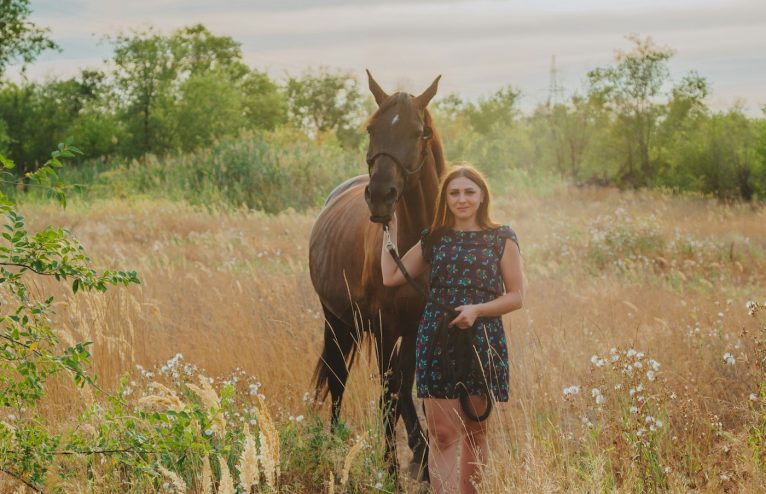

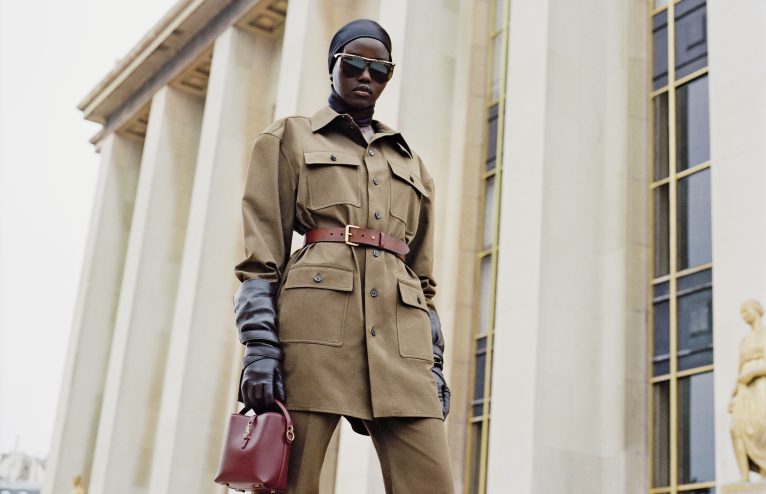
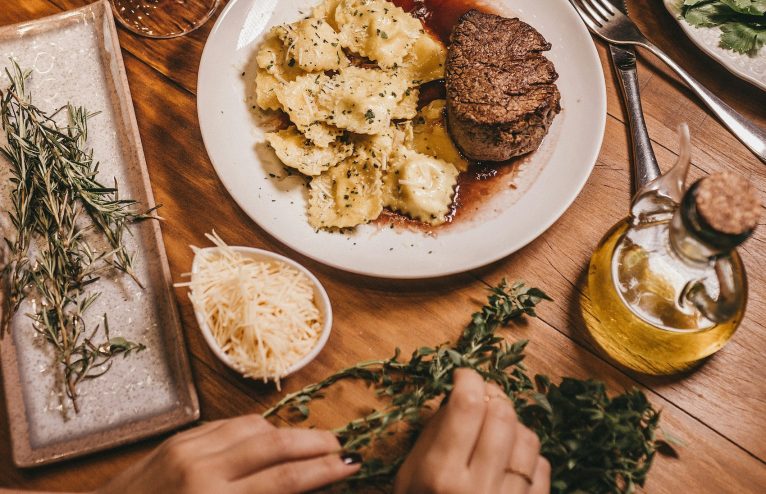
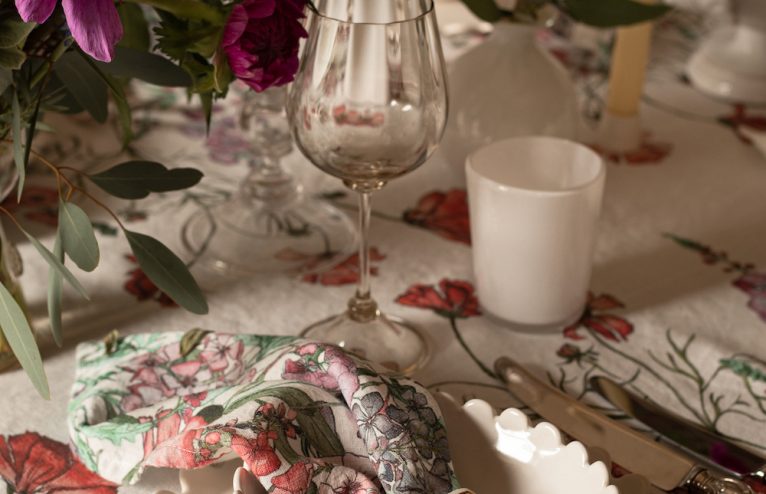
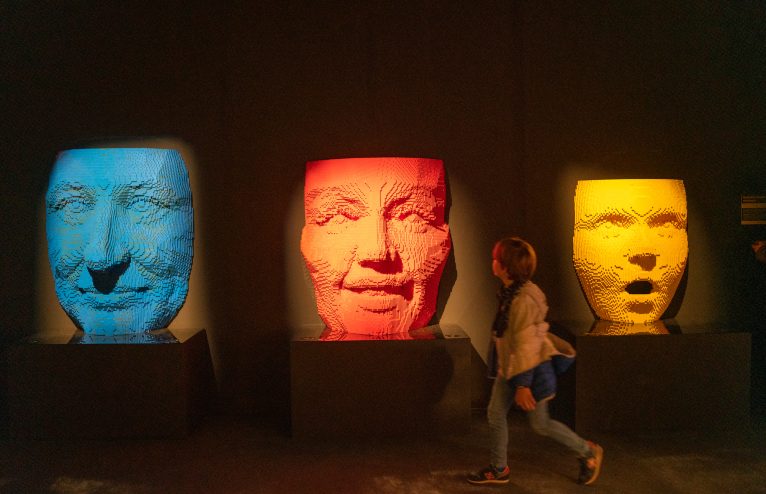
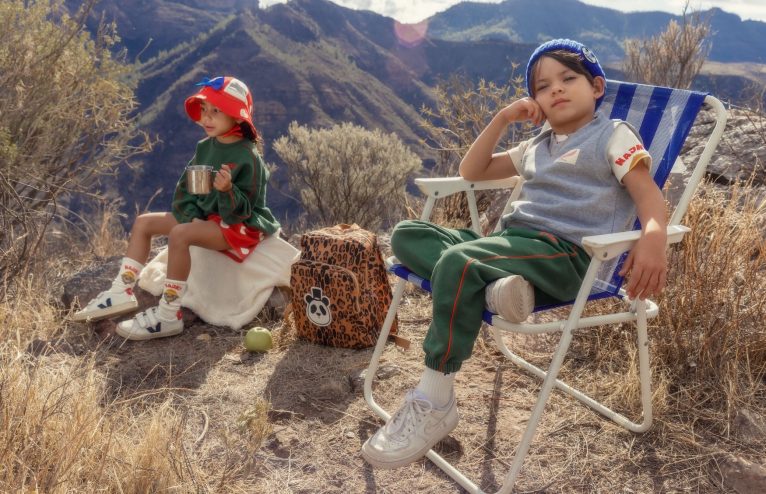





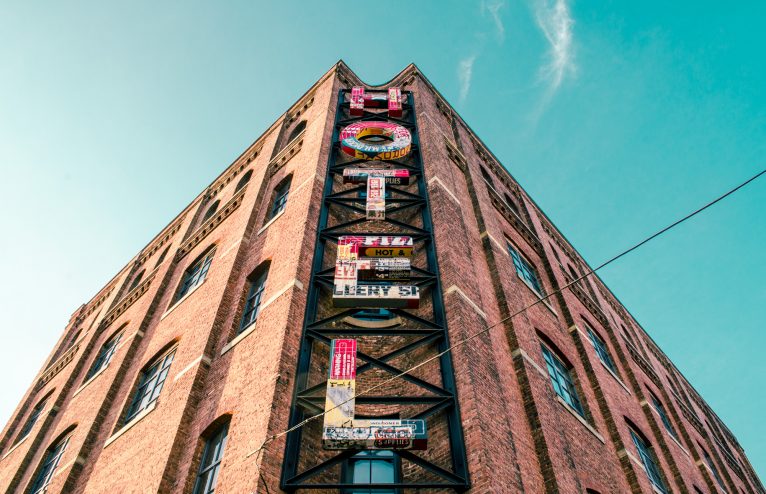
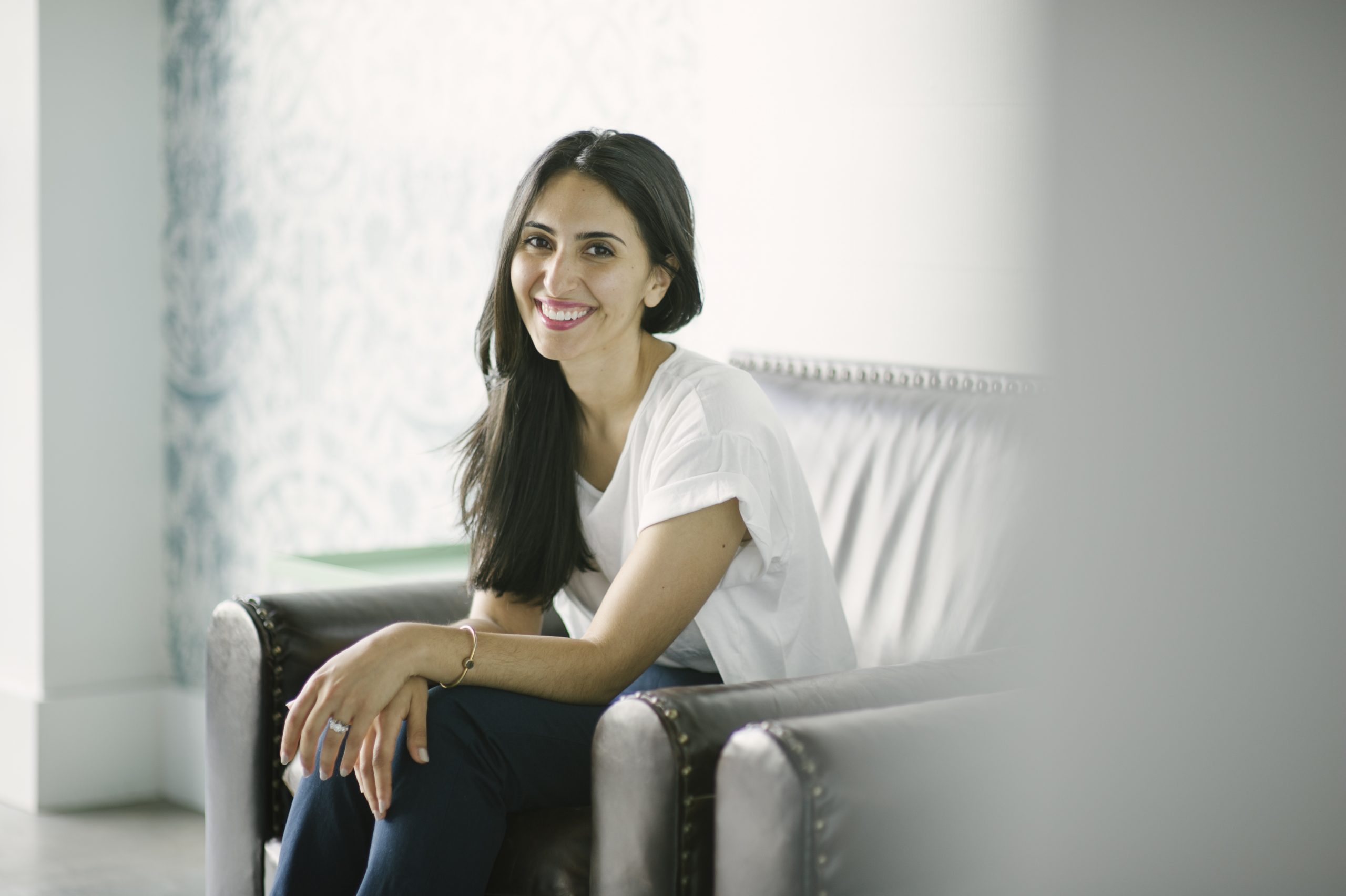
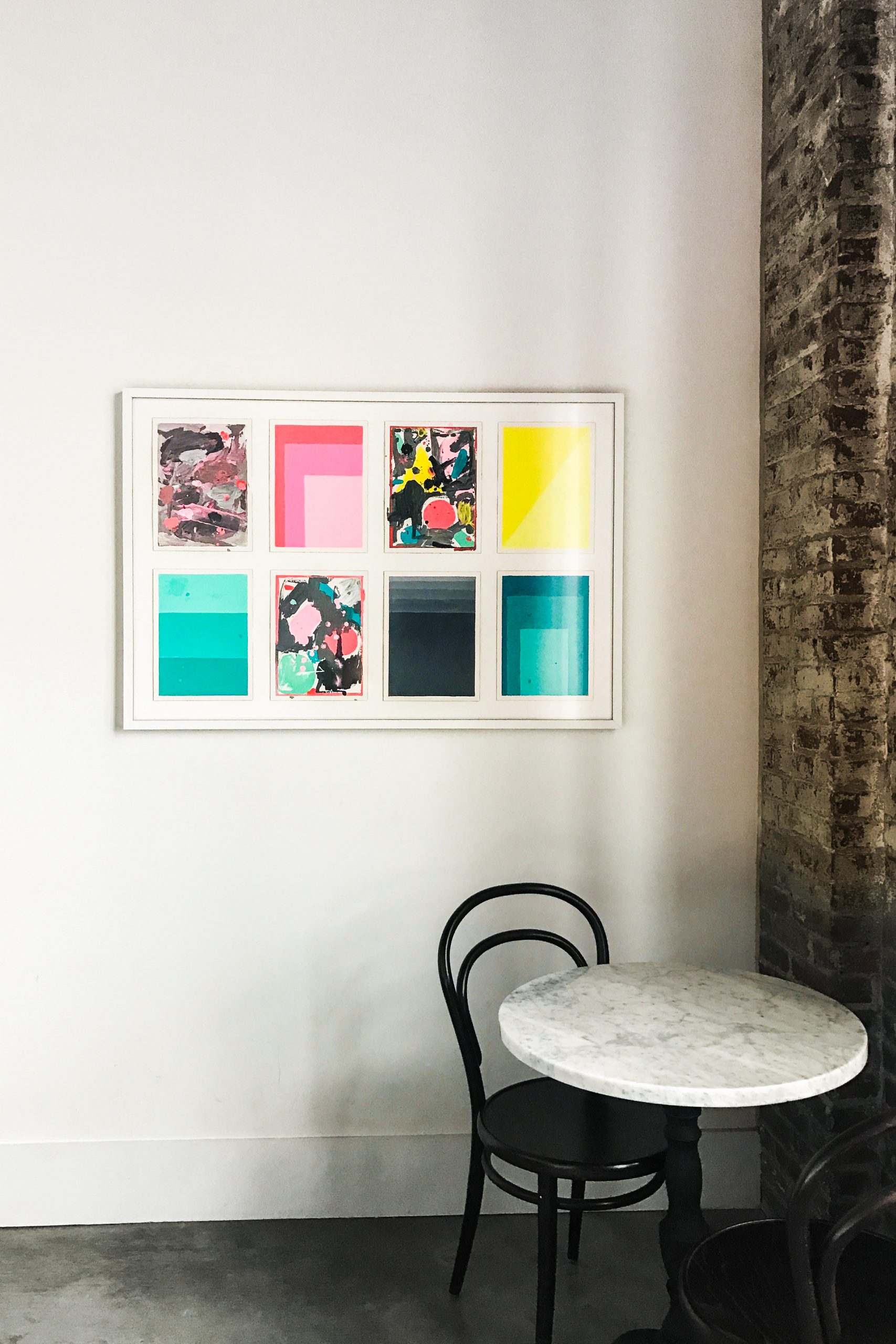
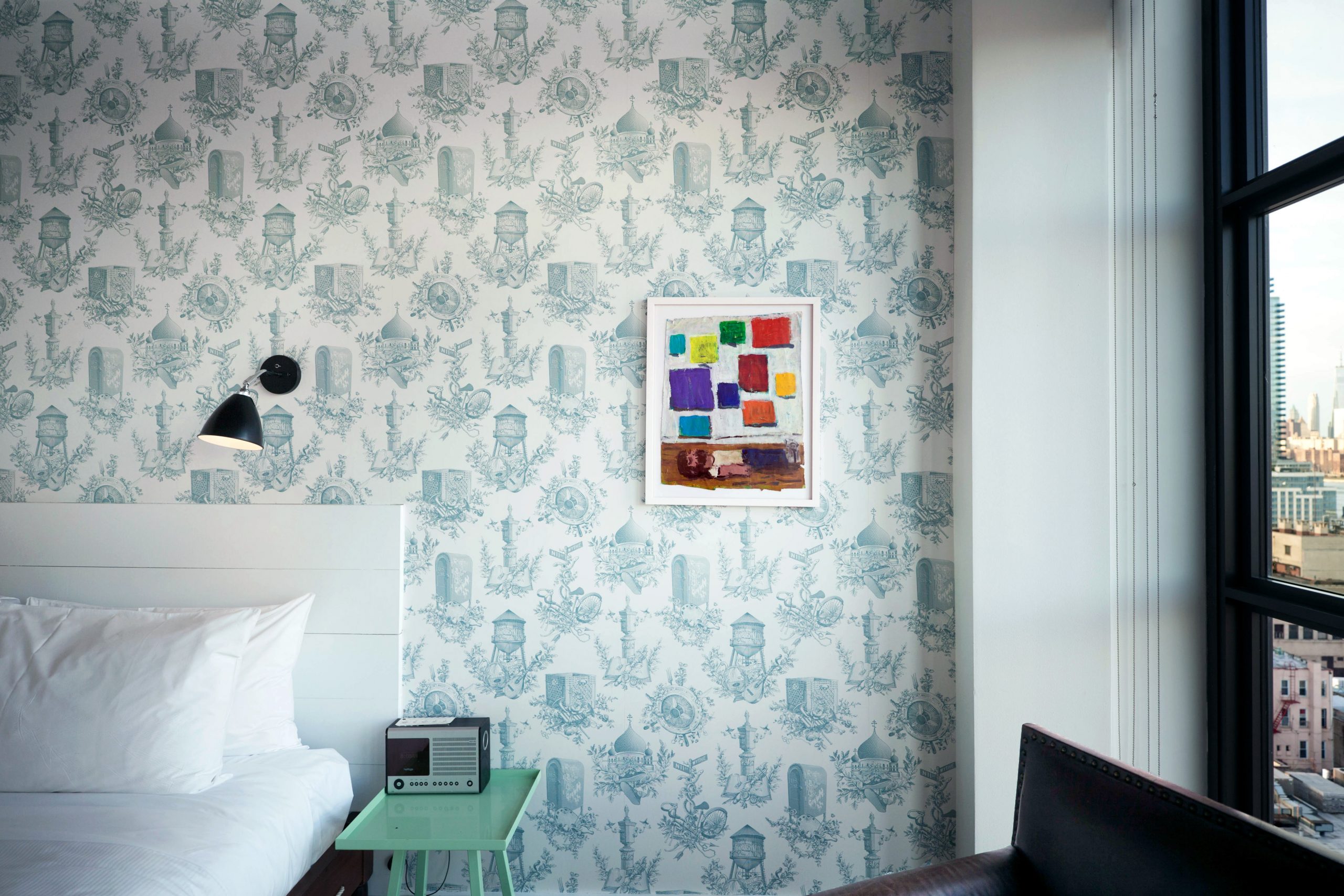
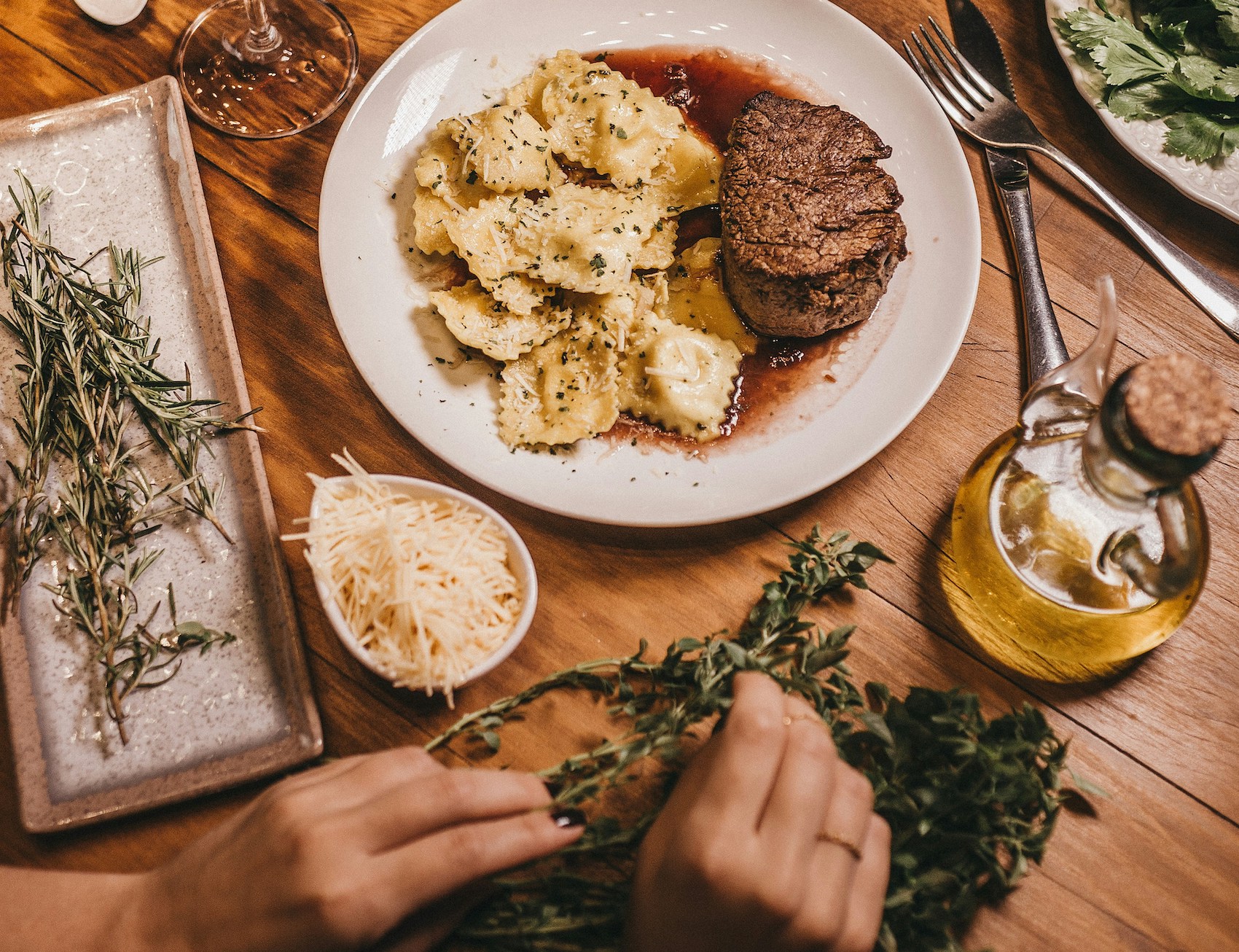
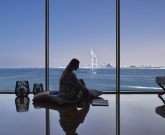
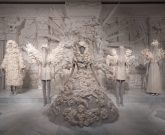

Any Questions or Tips to add?